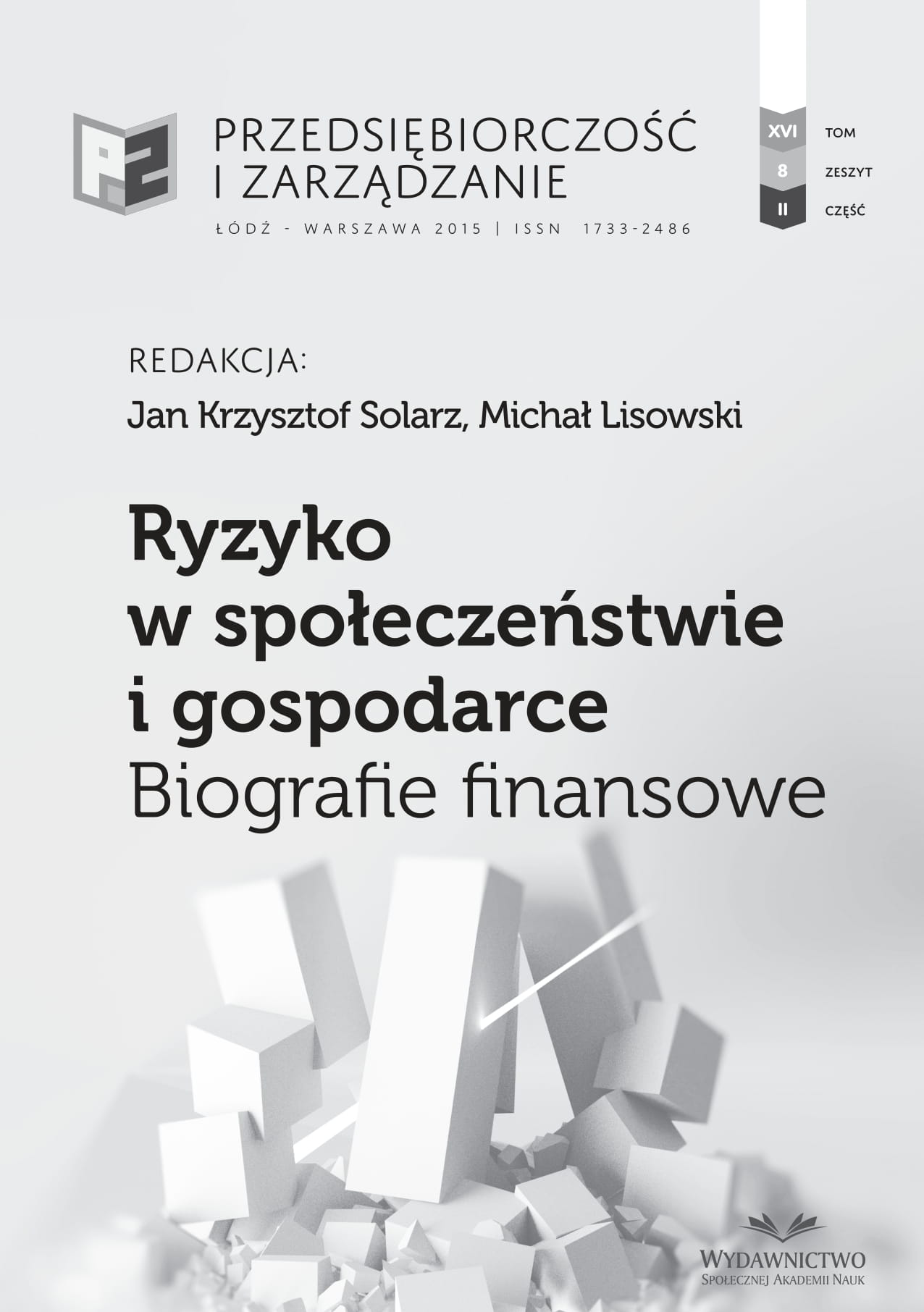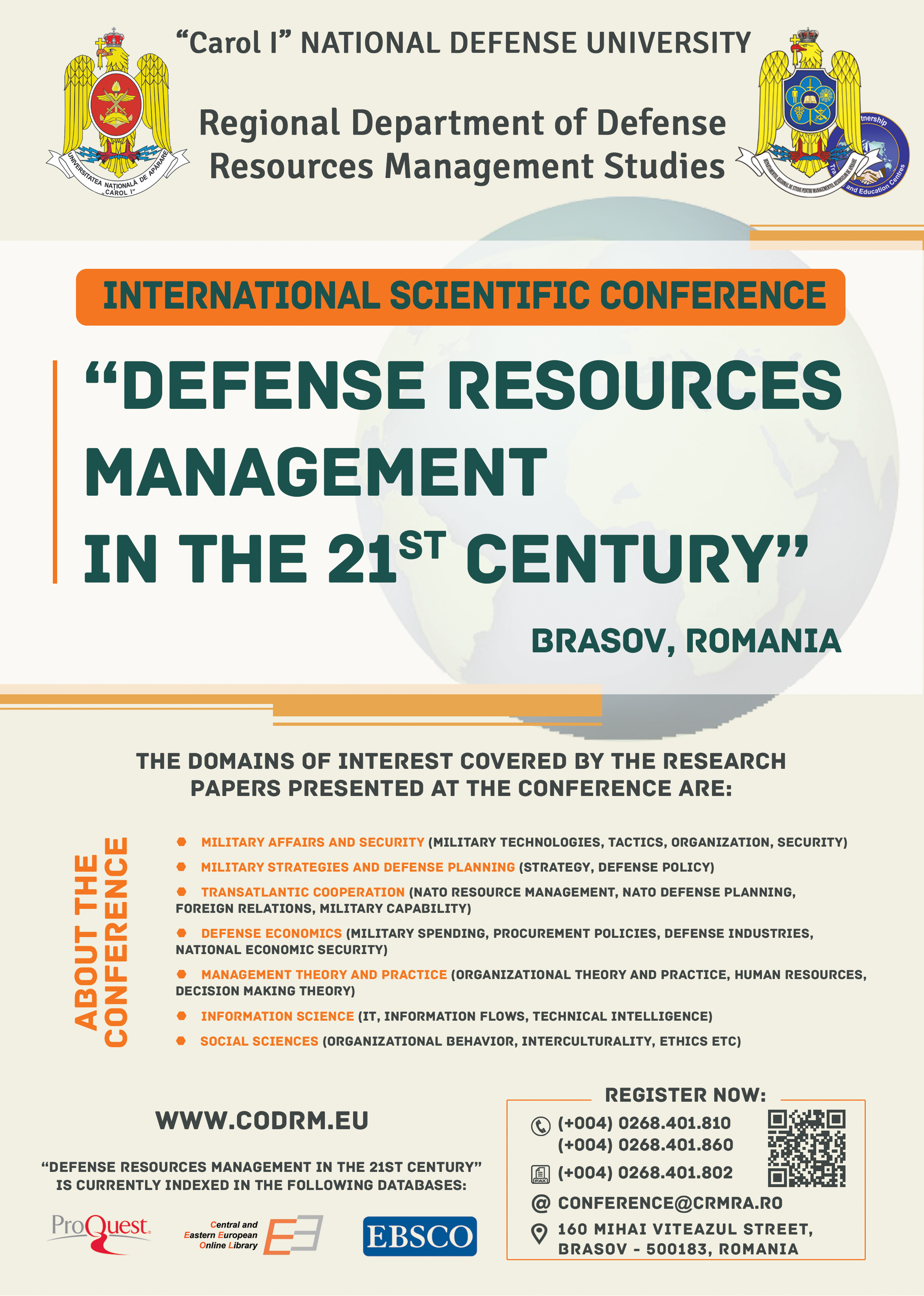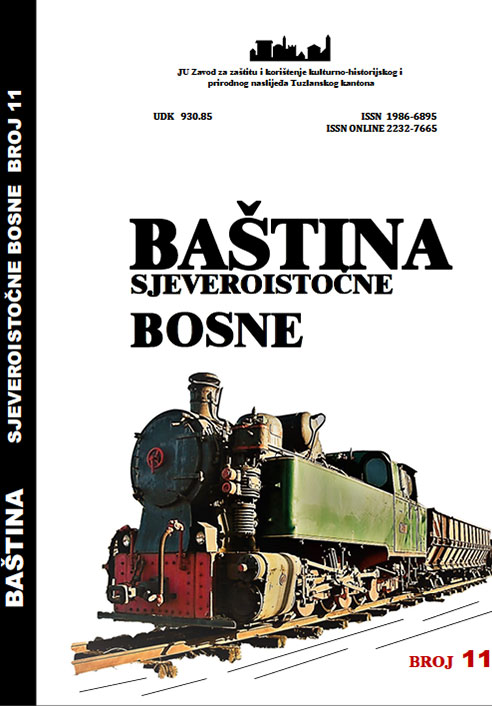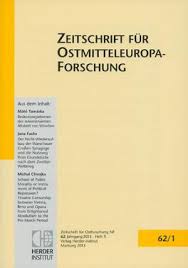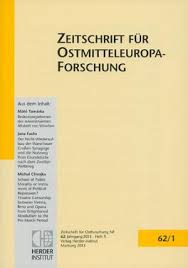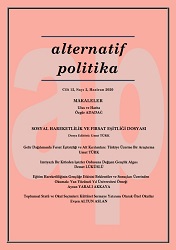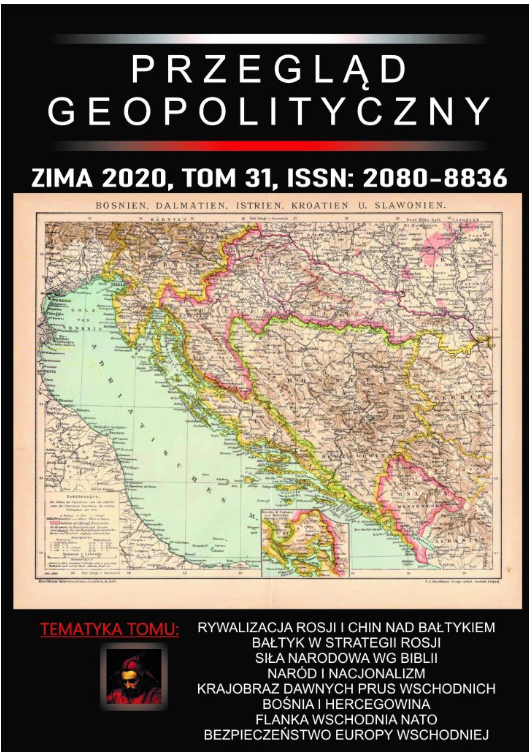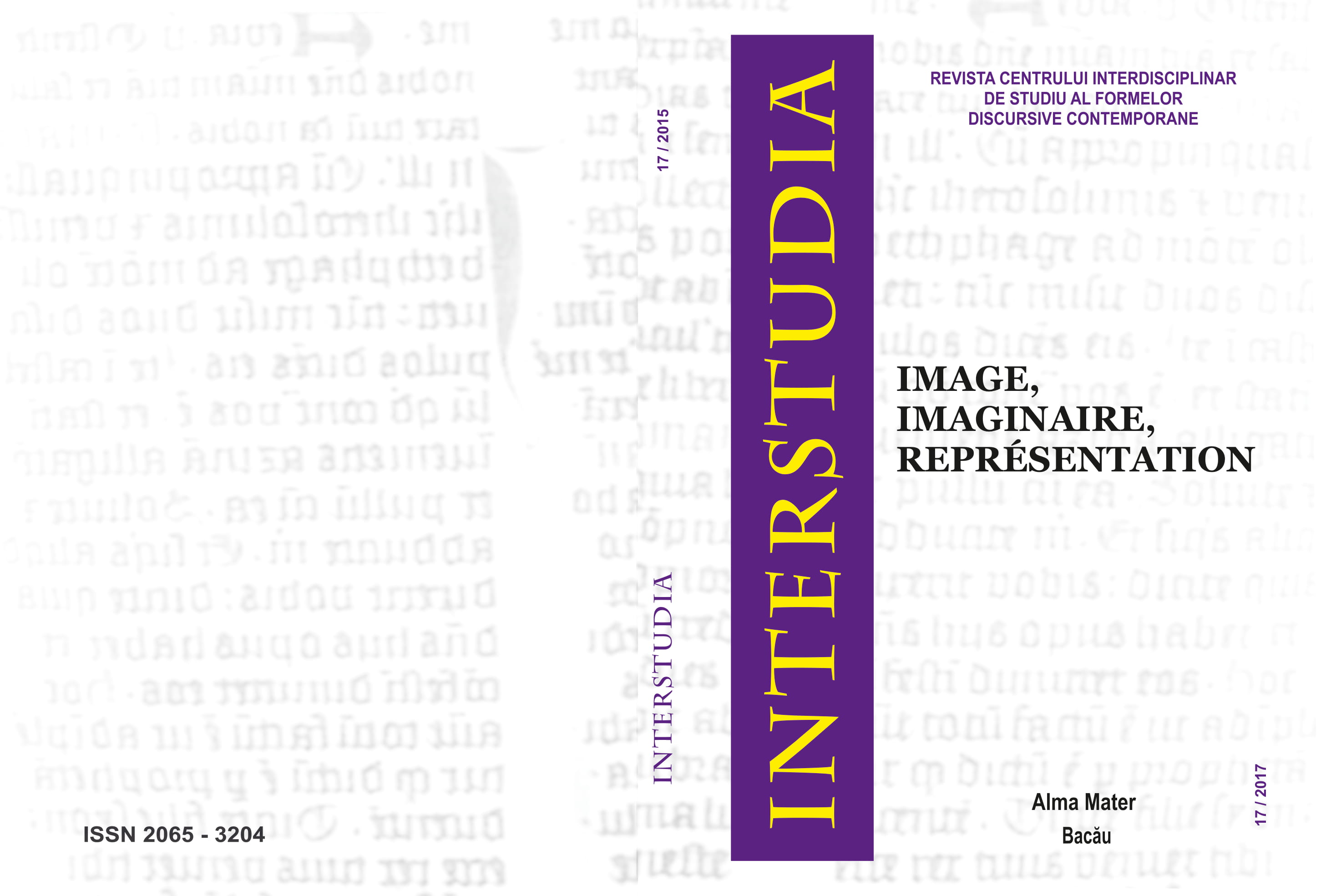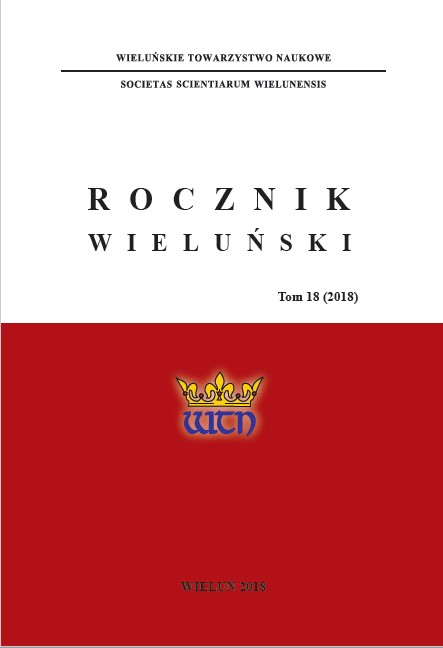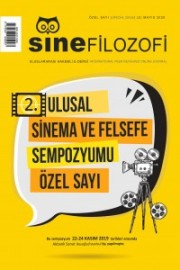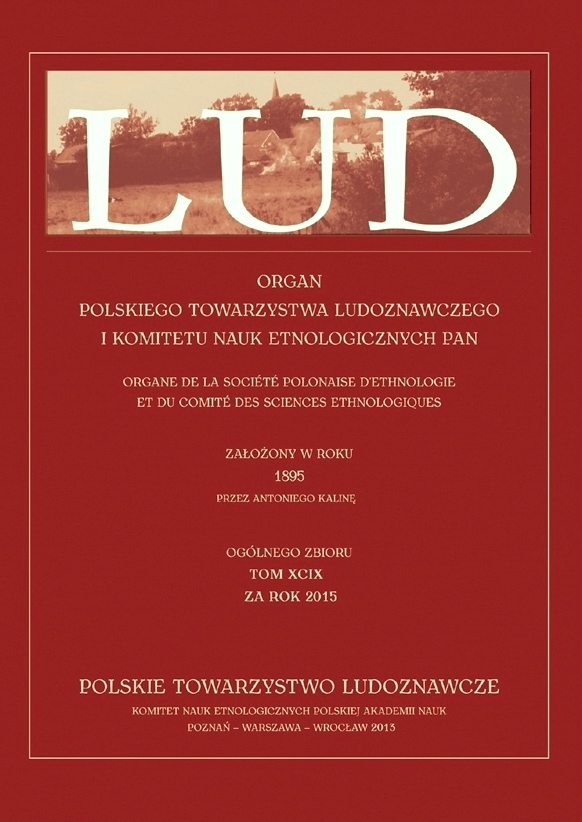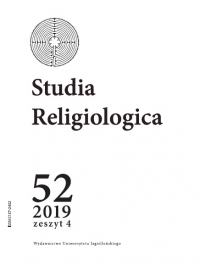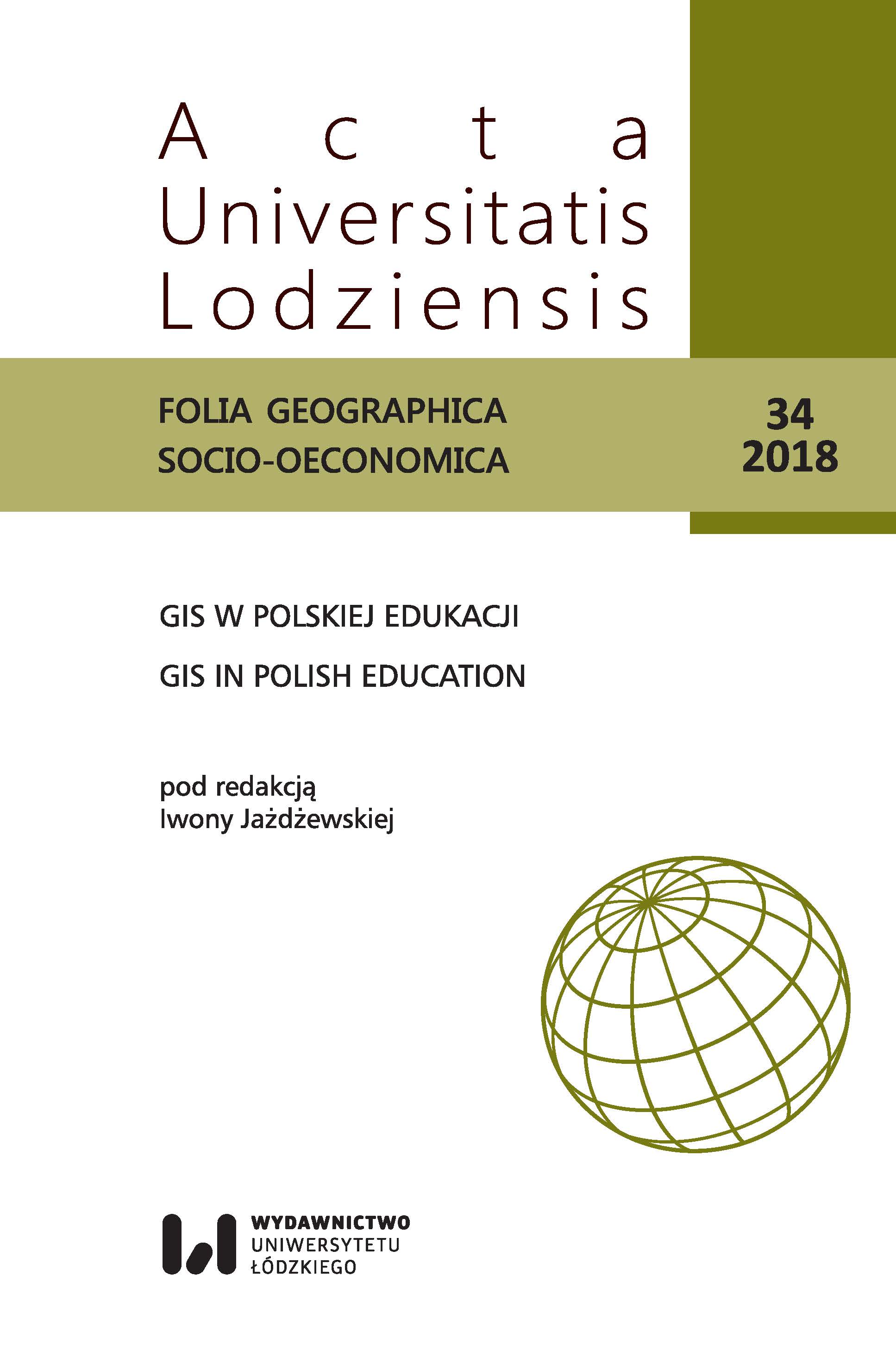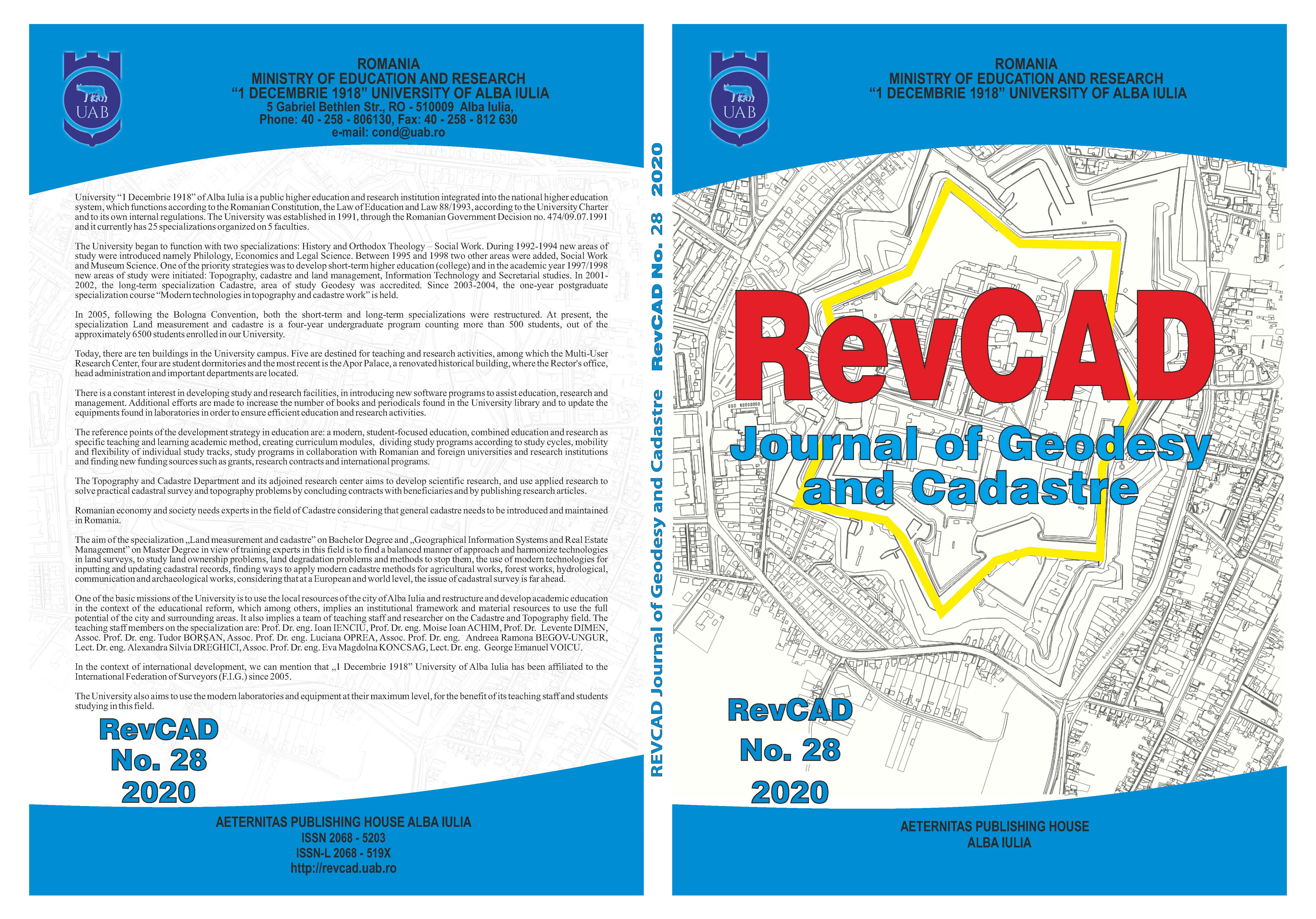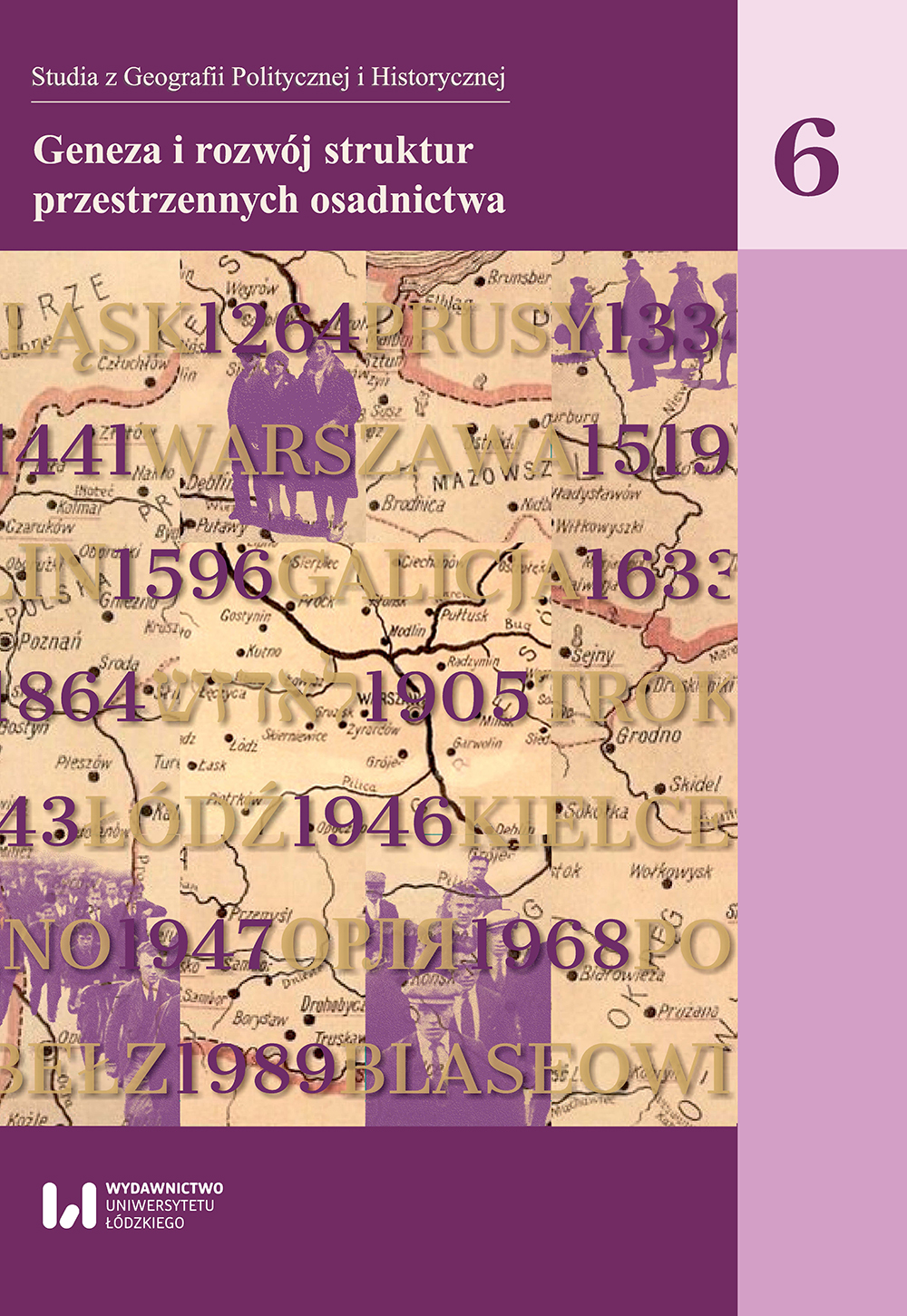
Przemiany morfologiczne małego miasta na przykładzie Nowego Stawu
The article attempts to define spatial transformations of the small town of Nowy Staw in the Żuławy Wiślane. The morphological and functional development periods were distinguished, and the most important determinants of its physiognomy and morphology were presented. Nowy Staw has a medieval origin and has played an important economic role in the Vistula delta for centuries. The role was above all commercial, serving the local agricultural base. These functions were reflected in the infrastructure, physiognomy and spatial planning. The specific character of the town may be seen in such elements as the preserved spatial layout, Gothic parish church and evangelical congregation, 19th- and 20th-century residential buildings, historical industrial buildings and farmhouses. This mosaic of historical layers, visible in the form of a contemporary cultural landscape, has not been fully destroyed during the Second World War, nor the postwar period of municipal investments. It is a valuable heritage of the past, as well as the cultural potential and distinguishing factor of the town. The transformation of the functions, physiognomy and space observed in Nowy Staw over the last dozen or so years largely reflect the characteristic functional features of small towns in transformation-period Poland. All this, combined with interesting political history, makes Nowy Staw an outstanding study subject for settlement and historical geography.W artykule dokonano próby określenia przemian przestrzennych małego miasta, jakim jest Nowy Staw na Żuławach Wiślanych. Wydzielono okresy w rozwoju morfologicznym i funkcjonalnym oraz zaprezentowano najważniejsze determinanty, które miały wpływ na jego fizjonomię i morfologię. Nowy Staw ma genezę średniowieczną i od wieków odgrywał istotną rolę gospodarczą w delcie Wisły. Przede wszystkim była to rola handlowa i obsługi lokalnego zaplecza rolniczego. Pełnione funkcje znalazły swoje odzwierciedlenie w infrastrukturze, fizjonomii i rozplanowaniu przestrzennym. O specyfice miasta świadczą m.in.: zachowany lokacyjny układ przestrzenny, gotycka fara i ewangelicki zbór, zabudowa mieszkalna z XIX i XX w., zabytkowe obiekty przemysłowe oraz wiejskie zagrody. Ta mozaika nawarstwień historycznych, widoczna w postaci współczesnego krajobrazukulturowego, nie została całkowicie zniszczona w wyniku drugiej wojny światowej ani powojennego okresu inwestycji komunalnych. Stanowi cenne dziedzictwo przeszłości, ale również potencjał i wyróżnik kulturowy miasta. Przemiany funkcjonalne, fizjonomii i przestrzeni, obserwowane w Nowym Stawie w ostatnich kilkunastu latach, w znacznym stopniu odzwierciedlają charakterystyczne cechy funkcjonowania małych miast w Polsce okresu transformacji. Wszystko to, w połączeniu z ciekawymi dziejami politycznymi, powoduje, że Nowy Staw stanowi niezwykle interesujący przedmiot badawczy dla geografii osadnictwa i geografii historycznej.
More...
